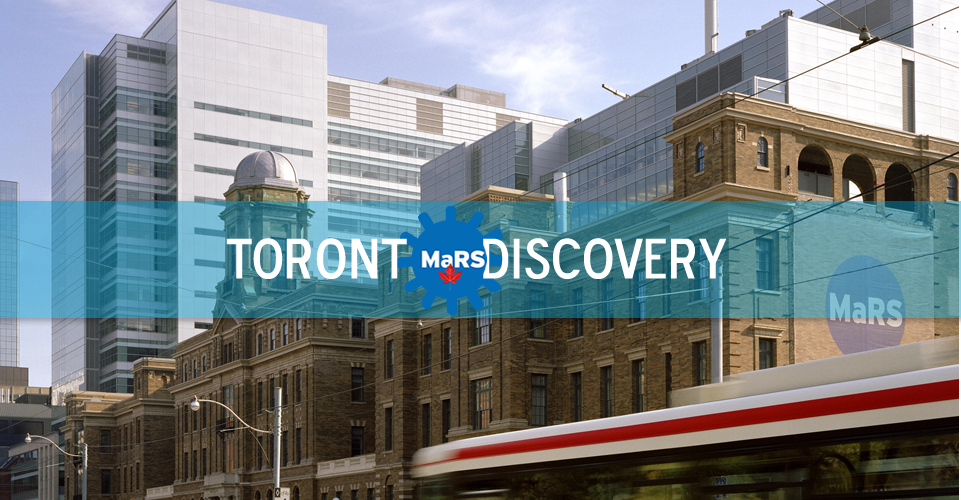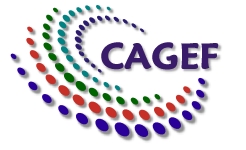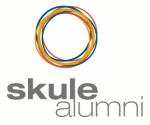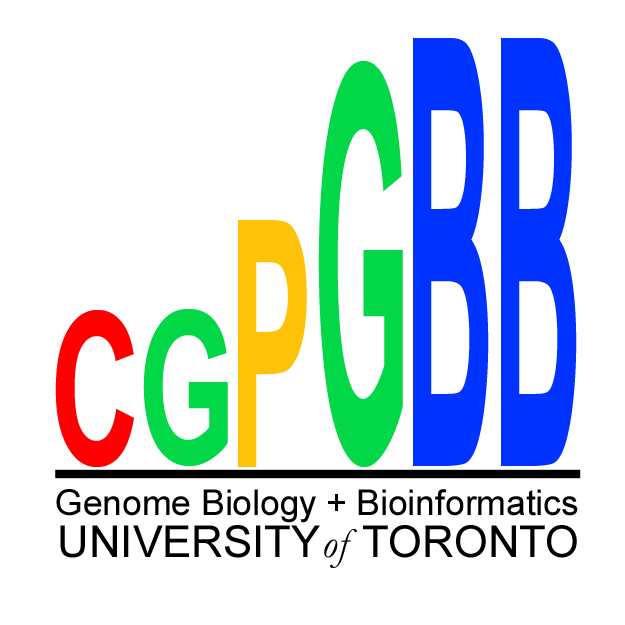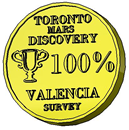Team:TorontoMaRSDiscovery
From 2009.igem.org
(→University of Toronto iGem Team) |
|||
| (57 intermediate revisions not shown) | |||
| Line 1: | Line 1: | ||
| - | + | [[image:Top(nolink).png]] | |
| - | + | {| style="color:white;background-color:#99CCFF;" height:100px cellpadding="2" cellspacing="0" border="0" width="100%" align="center" class="menu" | |
| - | [[ | + | |
| - | + | ||
| - | + | ||
| - | + | ||
| - | + | ||
| - | + | ||
| - | + | ||
| - | + | ||
| - | + | ||
| - | + | ||
| - | + | ||
| - | + | ||
| - | + | ||
| - | + | ||
| - | + | ||
| - | + | ||
| - | + | ||
| - | + | ||
| - | + | ||
| - | + | ||
| - | + | ||
| - | + | ||
| - | + | ||
| - | + | ||
| - | + | ||
| - | + | ||
| - | + | ||
| - | + | ||
| - | + | ||
| - | + | ||
| - | + | ||
| - | + | ||
| - | + | ||
| - | + | ||
| - | + | ||
| - | + | ||
| - | + | ||
| - | + | ||
| - | + | ||
| - | + | ||
| - | + | ||
| - | + | ||
| - | + | ||
| - | + | ||
| - | + | ||
| - | + | ||
| - | + | ||
| - | {| style="color: | + | |
!align="center"|[[Team:TorontoMaRSDiscovery|Home]] | !align="center"|[[Team:TorontoMaRSDiscovery|Home]] | ||
!align="center"|[[Team:TorontoMaRSDiscovery/Team|The Team]] | !align="center"|[[Team:TorontoMaRSDiscovery/Team|The Team]] | ||
!align="center"|[[Team:TorontoMaRSDiscovery/Project|The Project]] | !align="center"|[[Team:TorontoMaRSDiscovery/Project|The Project]] | ||
| - | !align="center"|[[Team:TorontoMaRSDiscovery/Parts| | + | !align="center"|[[Team:TorontoMaRSDiscovery/Parts|BioBricks]] |
| - | !align="center"|[[Team:TorontoMaRSDiscovery/Modeling| | + | !align="center"|[[Team:TorontoMaRSDiscovery/Modeling|Modelling]] |
| + | !align="center"|[[Team:TorontoMaRSDiscovery/Bioinformatics|Bioinformatics]] | ||
| + | !align="center"|[[Team:TorontoMaRSDiscovery/Safety|Safety]] | ||
!align="center"|[[Team:TorontoMaRSDiscovery/Notebook|Notebook]] | !align="center"|[[Team:TorontoMaRSDiscovery/Notebook|Notebook]] | ||
|} | |} | ||
| - | + | <br> | |
| + | [[image:Team_logo_encapsulator.png|thumb|Our machine!]] | ||
| + | =The Encapsulator= | ||
| + | A key challenge in metabolic engineering is to improve productivity and yield. Potential applications range from the production of valuable compounds such as therapeutic molecules and biofuels to the degradation of toxic wastes. There is increasing recognition that spatial organization can play an important role in optimizing pathway efficiency. Specifically, the spatial co-localization of consecutive enzymes in a pathway can result in efficient translocation of substrates between enzymes, an effect known as enzyme "channeling". Here we report the design, modeling and construction of a bacterial micro-organelle based system for the targeted co-localization of selected enzymes. Our "Encapsulator" represents a fundamentally new class of parts which, in nature consist of metabolic enzymes encased within a multi-protein shell reminiscent of a viral capsid. Micro-compartments based on encapsulin (and similar proteins) represent an experimentally amenable system to investigate the effects of channeling in potential downstream applications. | ||
| + | |||
| + | =Sponsored by:= | ||
| + | <gallery> | ||
| + | Image:Cagef_logo.jpg|Center for Analysis of Genome Evolution and Function | ||
| + | Image:Skule-small.jpg|University of Toronto Engineering Society | ||
| + | Image:skule-alumni-small.JPG|Engineering Society Alumni | ||
| + | Image:CGPGBB_seqlogo_text.png|Collaborative Graduate Program in Genome Biology and Bioinformatics | ||
| + | </gallery> | ||
| + | |||
| + | =Collaborations= | ||
| + | [[image:MarsMedal(small).png|left|frame|We are proud to support our colleagues in València!]] | ||
Latest revision as of 02:49, 22 October 2009
| Home | The Team | The Project | BioBricks | Modelling | Bioinformatics | Safety | Notebook |
|---|
The Encapsulator
A key challenge in metabolic engineering is to improve productivity and yield. Potential applications range from the production of valuable compounds such as therapeutic molecules and biofuels to the degradation of toxic wastes. There is increasing recognition that spatial organization can play an important role in optimizing pathway efficiency. Specifically, the spatial co-localization of consecutive enzymes in a pathway can result in efficient translocation of substrates between enzymes, an effect known as enzyme "channeling". Here we report the design, modeling and construction of a bacterial micro-organelle based system for the targeted co-localization of selected enzymes. Our "Encapsulator" represents a fundamentally new class of parts which, in nature consist of metabolic enzymes encased within a multi-protein shell reminiscent of a viral capsid. Micro-compartments based on encapsulin (and similar proteins) represent an experimentally amenable system to investigate the effects of channeling in potential downstream applications.
 "
"
